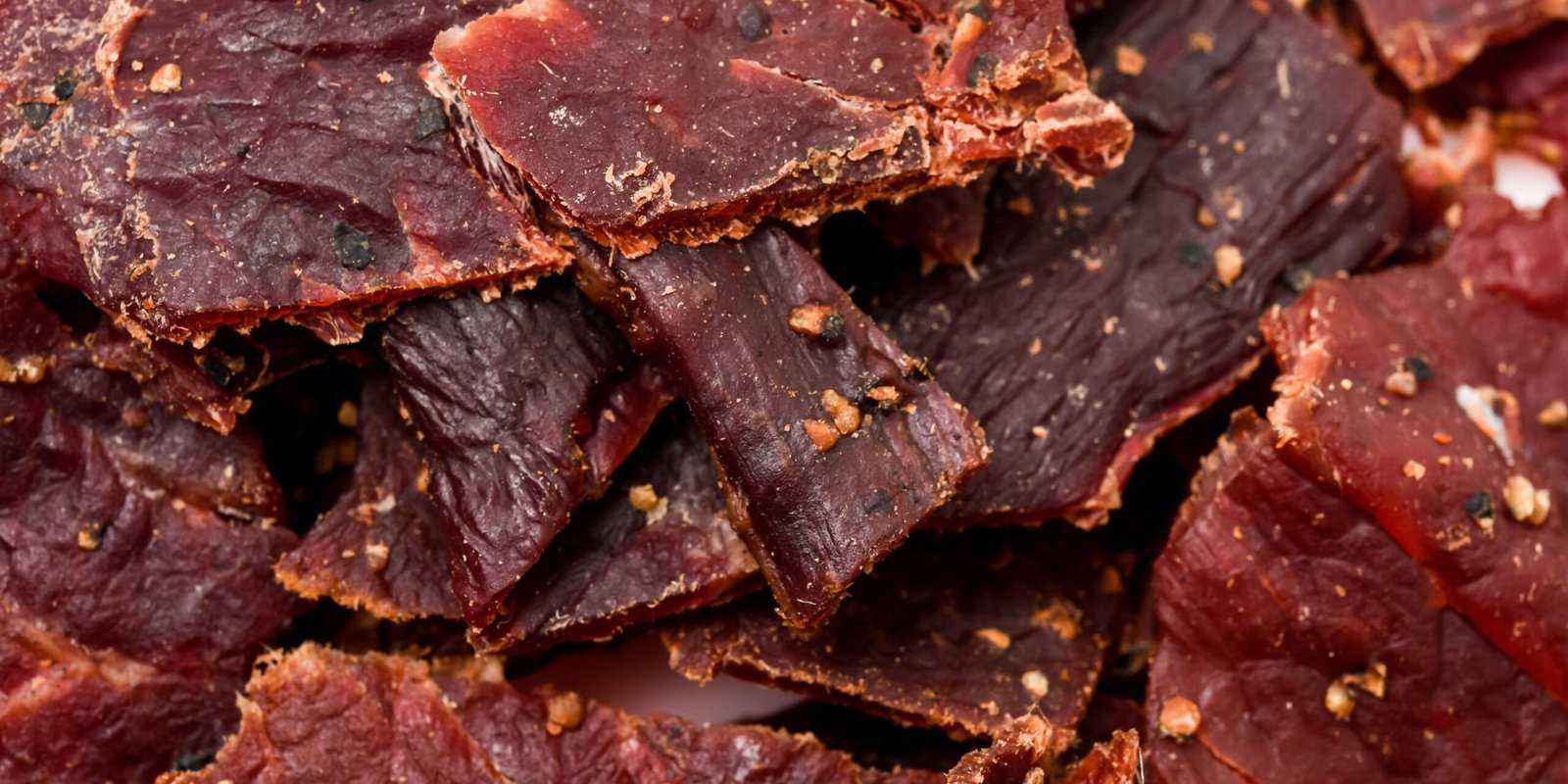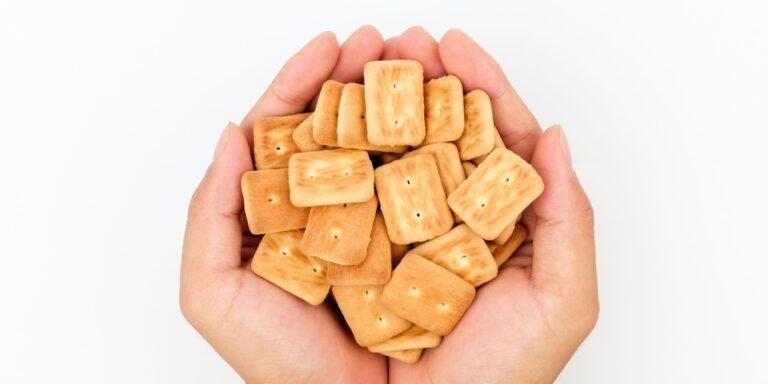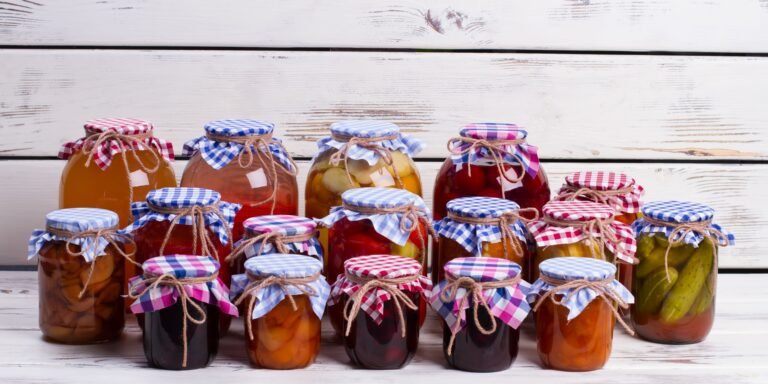How Long Does Dehydrated Meat Last?
This post may contain affiliate links, full disclosure here.
Dehydrating is one of the simplest and most common methods of storing food for long periods of time. Dehydrating is useful for backpackers and preppers because it preserves many of the nutrients in food. Dehydration causes meat to shrink, making it more compact and easier to store.
When properly stored, dehydrated meat can last for 1-2 months. However, certain techniques, such as vacuum sealing, can extend the shelf-life of dehydrated meat by up to a year. Furthermore, storing dehydrated meat in the freezer extends its shelf life indefinitely.
The shelf life of dehydrated meat varies greatly depending on how it is stored. This is due to the fact that the environment in which the dehydrated meat is stored can influence the rate of bacterial growth.
How Dehydration Aids Meat Preservation
Dehydrating any food, by definition, means removing its water content. Bacteria cannot reproduce in dehydrated meat because it lacks moisture.
However, in order to plan how you will store your food, it is critical to understand the conditions required for bacterial growth. To make them easier to remember, food safety experts devised the mnemonic “FATTOM.”
- Bacterial reproduction requires time. When it starts and is left unchecked, the process can accelerate very quickly.
- Oxygen – the presence of oxygen can promote bacterial growth. Other bacteria strains, on the other hand, can thrive in oxygen-free environments.
- Moisture – the water content of foodstuffs provides an ideal environment for bacterial growth. As a result, dehydration is a particularly effective method of preserving meat.
- Food – any food with a higher protein content, including animal food such as meat, is more susceptible to bacterial growth.
- Microbial growth is not possible in acidic environments. As a result, organic acids like citric, malic, and lactic are effective preservatives. Bacterial growth is also slowed in alkaline environments.
- Temperature – The 40°F-140°F (4°C-60°C) range is referred to as the “danger zone,” because bacterial growth is accelerated when food is stored at these temperatures.
Methods of preservation are designed to address any of these combinations. Dehydration is a process that has several variations that can result in different outcomes.
Dehydration Preservation
Because of its inherent simplicity, dehydration has been used to preserve food for centuries. Furthermore, it addresses two of the aforementioned conditions: temperature and moisture.
When dehydration is used in conjunction with other techniques, different results will be obtained.
Before attempting any of the methods, remove as much fat from the meat as possible, as there is a risk that it will go rancid.
Throughout the process, make sure to sanitize your hands and the rest of your workspace. Using soiled tools and workspaces may introduce harmful bacteria into the meat.
How To Store Dehydrated Meat
The shelf life of dehydrated meat varies according to how it is stored. Every strategy for extending shelf life revolves around controlling the aforementioned conditions that promote bacterial growth.
Cool Dry Area
Make sure the dehydrated meat has completely cooled before proceeding with the sealing process. Allow it to rest overnight before proceeding to the next step. Packing it while it is still warm may result in condensation droplets in the container.
The ideal storage temperature is at most 60°F (15°C), with the lower the temperature being preferable. Similar to the previous reason, storing it at high temperatures may result in condensation in the container. Bacterial growth will be stimulated as a result of this.
If a cool temperature is not possible, the next best option is to store your dehydrated meat in a temperature-controlled environment. An example would be in the back of a cupboard that is always at room temperature.
Cupboards have the added benefit of being dark. Light exposure promotes fat oxidation, which can degrade the flavour of the fat. Furthermore, it may result in nutrient loss. To prevent moisture from condensing, keep the cupboard away from your stove or anything else that generates heat.
Air Tight Containers
Vacuum sealing is one of the simplest methods for extending the shelf life of any dehydrated food. Put the meat in a Ziploc bag and seal it with a vacuum sealer. You can open the bag to take what you need and then close it again.
Jars are also excellent airtight storage containers. Once the contents are inside, use a jar sealer to ensure the lid is secure. In addition, you can buy a pressure canner. This method employs pressurized steam to effectively seal the jar by penetrating it with high levels of heat.
In the meantime, if you don’t have a vacuum sealer, you can use specialized freezer bags or butcher paper.
Wrap it as tightly as possible before sealing it with masking tape or scotch tape.
The ultimate goal is to deprive the meat of oxygen from within. Anaerobic bacteria may grow in an improperly sealed vacuum if done incorrectly.
You should also think about storing dehydrated meat in smaller batches. Reopening and closing the container may allow oxygen into the container, promoting bacterial growth. If possible, pack your food per serving to avoid reintroducing oxygen and resealing the container on a regular basis.
Double Bagged
After vacuum sealing, place the vacuum-sealed bag in a Mylar bag to add another layer of protection. Mylar bags are made of polyester resin with a foil or metalized coating lamination. It is long-lasting, reflective, and heat and sunlight-resistant. Furthermore, this protects food from rodents and insects.
It cannot be easily vacuum-sealed due to the nature of its material. It must instead be heat-sealed. This feature is available on some vacuum sealers and works by sealing the bag with heat rather than suction.
In the absence of this feature, you can heat seal the Mylar bag with an iron and a metal edge.
Don’t Forget Oxygen Absorbers
In addition to sealing, you should think about using oxygen absorbers. These are small iron powder packets that absorb oxygen and moisture. Because the packets are sealed, they are completely safe to use with food.
Oxygen absorbers use a nitrogen environment to replace the oxygen in a sealed container. This aids in the long-term preservation of dried foods while maintaining their quality.
Before using oxygen absorbers, ensure that the meat has been completely dehydrated. Botulism poisoning is possible if the moisture content is at least 10%.
Freezing
Storing dehydrated food in the freezer significantly increases its shelf life. Although it is claimed that a food’s shelf life is indefinite as long as it is kept in the freezer, the quality will degrade over time.
Keep your freezer temperature below 0°F (-18°C) to get the most out of it. The environment in freezers is unsuitable for bacterial growth because it is far below the danger zone mentioned above.
In the event of a power outage, keep the doors of your refrigerator and freezer closed at all times to maintain a cold interior temperature. A freezer can keep its temperature for up to 48 hours if the door is kept closed. If the power outage lasts more than two days, get some supplies.
Rehydrating Dehydrated Meat
There may be times when the meat does not dehydrate evenly. The dried pieces of meat may absorb moisture from the other pieces when sealed in a jar.
Every few days, inspect the containers in which dried food is stored. If you notice any moisture in the content after 10 days, you can fix it by re-dehydrating the meat.
Another option is to place it in the freezer. Finally, you could simply eat it before it goes bad.
How Long Does Dehydrated Meat Last? Bottom Line
Dehydrated meat can be kept for up to two months if stored in a dry, dark, and cool environment. Furthermore, removing moisture and oxygen can significantly extend the shelf life of dehydrated meat.
Its shelf life can be extended by storing it in airtight containers for up to a year. Finally, storing the dehydrated meat in a freezer can keep it fresh for an indefinite period of time.







